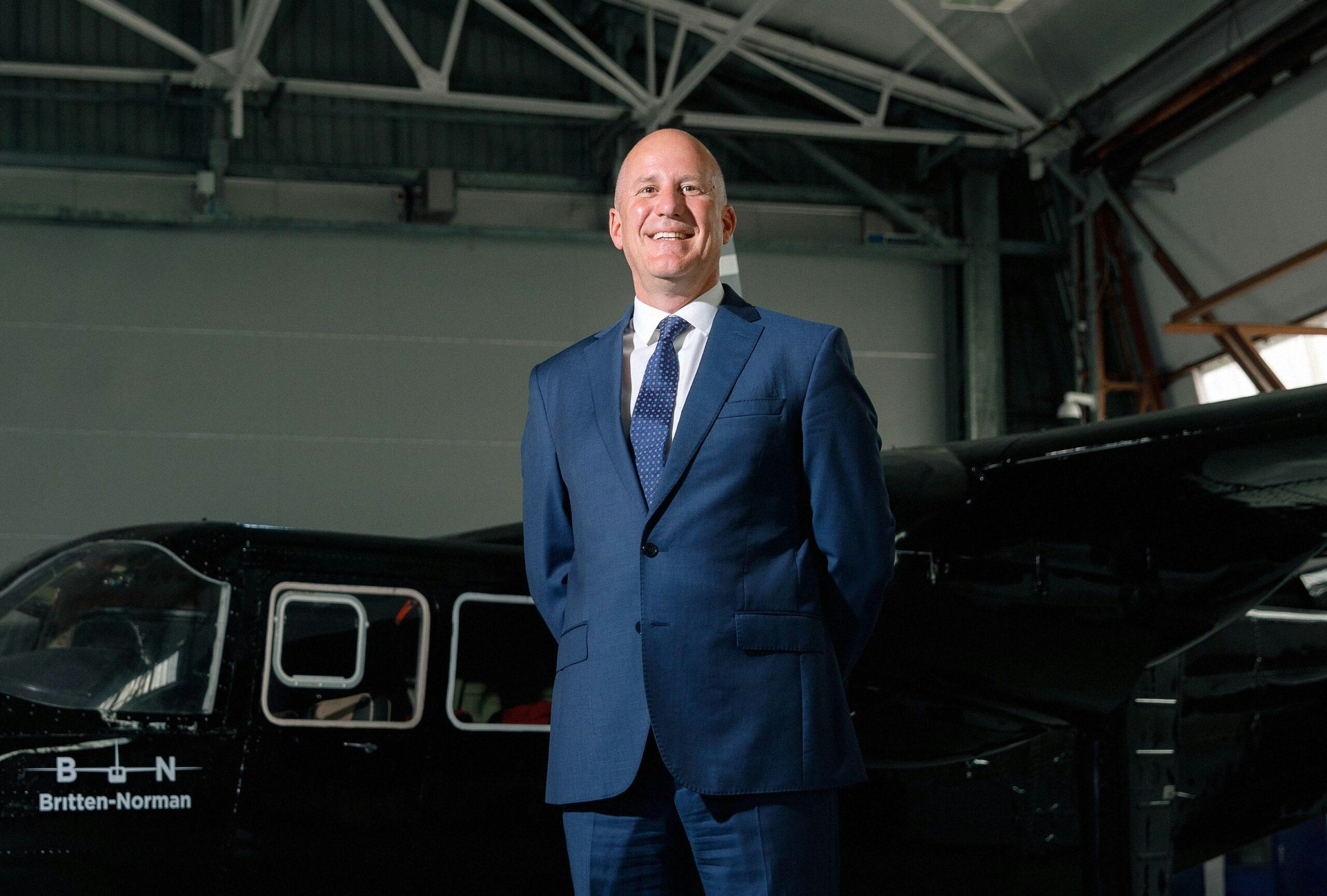
AeroGenie — Votre copilote intelligent.
Tendances
Categories
Flight Ends in Fuel Exhaustion After Yearlong Hiatus

Flight Ends in Fuel Exhaustion After Yearlong Hiatus
A Remos GX Light-Sport Aircraft crashed in a Florida field after running out of fuel during its first flight in approximately one year. The incident, which took place in September 2023, highlights the operational risks and challenges associated with returning an aircraft to service following an extended period of inactivity.
Circumstances of the Flight and Crash
Investigators reported that the pilot had not flown the aircraft for about 12 months prior to the accident. He estimated that roughly five gallons of automobile gasoline remained in the tank during that time and stated that he added an additional ten gallons before the flight, although he was unable to provide a receipt for the fuel purchase. After conducting a routine preflight inspection that revealed no issues, the pilot departed from Aero Acres Airport (FD88) in Fort Pierce, Florida. He completed several uneventful circuits within the airport traffic pattern before setting course for Kissimmee Gateway Airport (KISM) in Orlando, intending to refuel.
Approximately 30 minutes into the flight, at an altitude of 3,000 feet, the engine began to lose revolutions per minute (RPM) and subsequently experienced a total loss of power. The pilot briefly restarted the engine, but it failed again. Unable to reach the nearest airport, he declared an emergency and executed a forced landing in a field. Although the landing gear collapsed upon touchdown, the aircraft came to rest upright, and the pilot escaped without injury.
Investigation Findings and Safety Implications
An inspection by an FAA official revealed significant damage to the composite structure of the lower fuselage. The fuel tank was found to be intact but empty, with no fuel present in the engine-driven fuel pump, fuel lines, or carburetors. After a mechanic installed a temporary magneto switch and supplied gasoline directly to the engine, it started and ran normally, confirming that fuel exhaustion was the cause of the engine failure.
The National Transportation Safety Board (NTSB) determined the probable cause of the accident to be inadequate fuel planning by the pilot, which led to total engine failure due to fuel exhaustion.
This accident underscores the critical importance of thorough preparation when resuming flight operations after a prolonged hiatus. Aircraft that have been grounded for extended periods may face unique challenges, including potential degradation of fuel systems and other mechanical components. Ensuring that all systems are in optimal condition is essential not only for safety but also for maintaining passenger confidence in the reliability of resumed operations.
Incidents of this nature often prompt increased scrutiny from aviation regulators and can influence market dynamics. Passengers and competitors alike closely monitor safety and operational reliability, with competitors potentially responding by enhancing their own services or offering promotions to attract customers. Operators returning to service must address both technical and reputational challenges to restore trust.
The NTSB’s report serves as a cautionary reminder for pilots and operators to rigorously assess aircraft readiness and fuel management, particularly after extended periods of inactivity, to prevent similar occurrences in the future.
Veryon Acquires EBIS
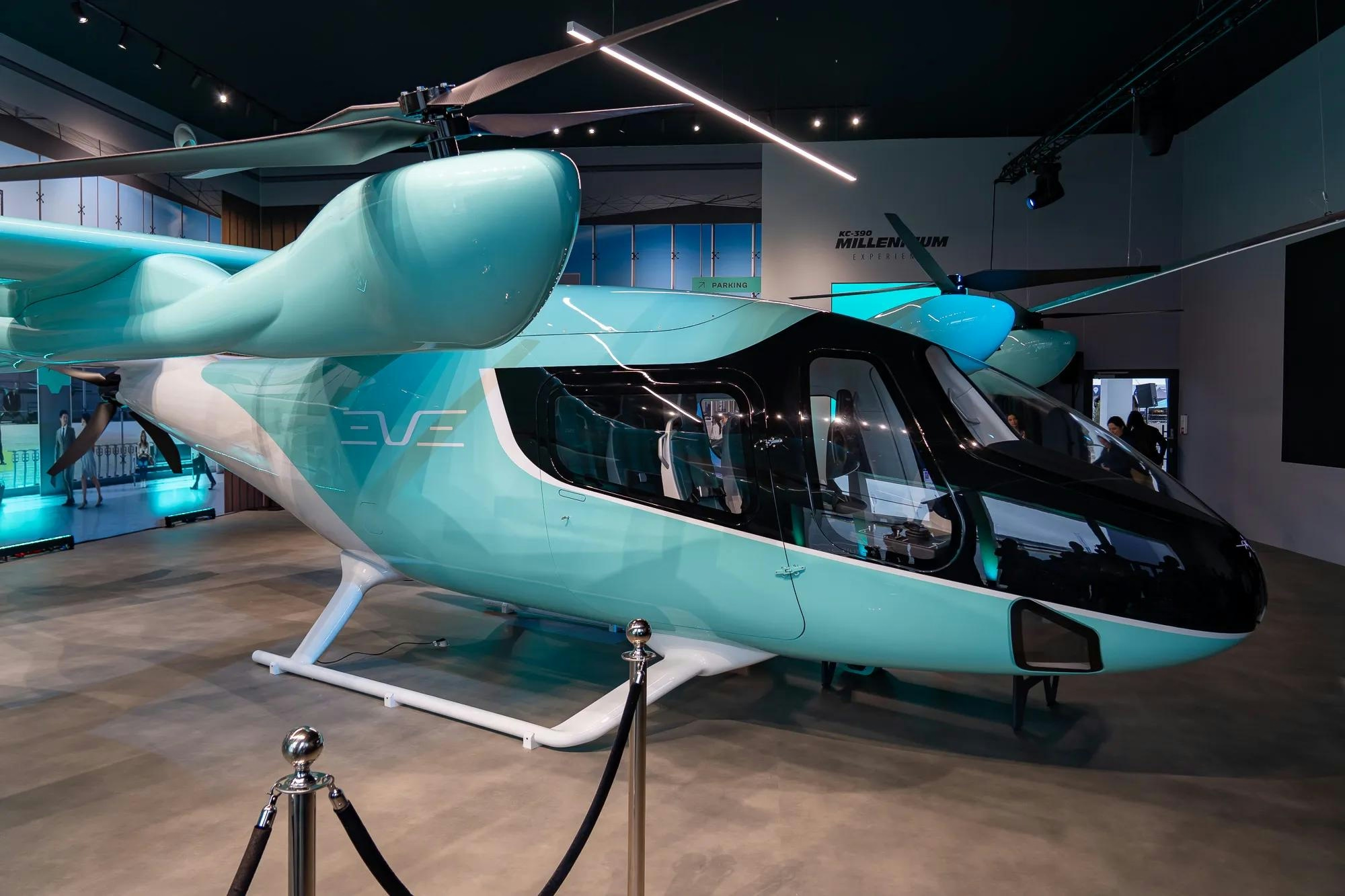
Brazilian eVTOL to Enhance Luxury Air Mobility in Bahrain

Nearly 20% of Airbus A220s Grounded Due to Pratt & Whitney Engine Problems

Jeppesen ForeFlight Becomes Independent Company to Advance Aviation Software
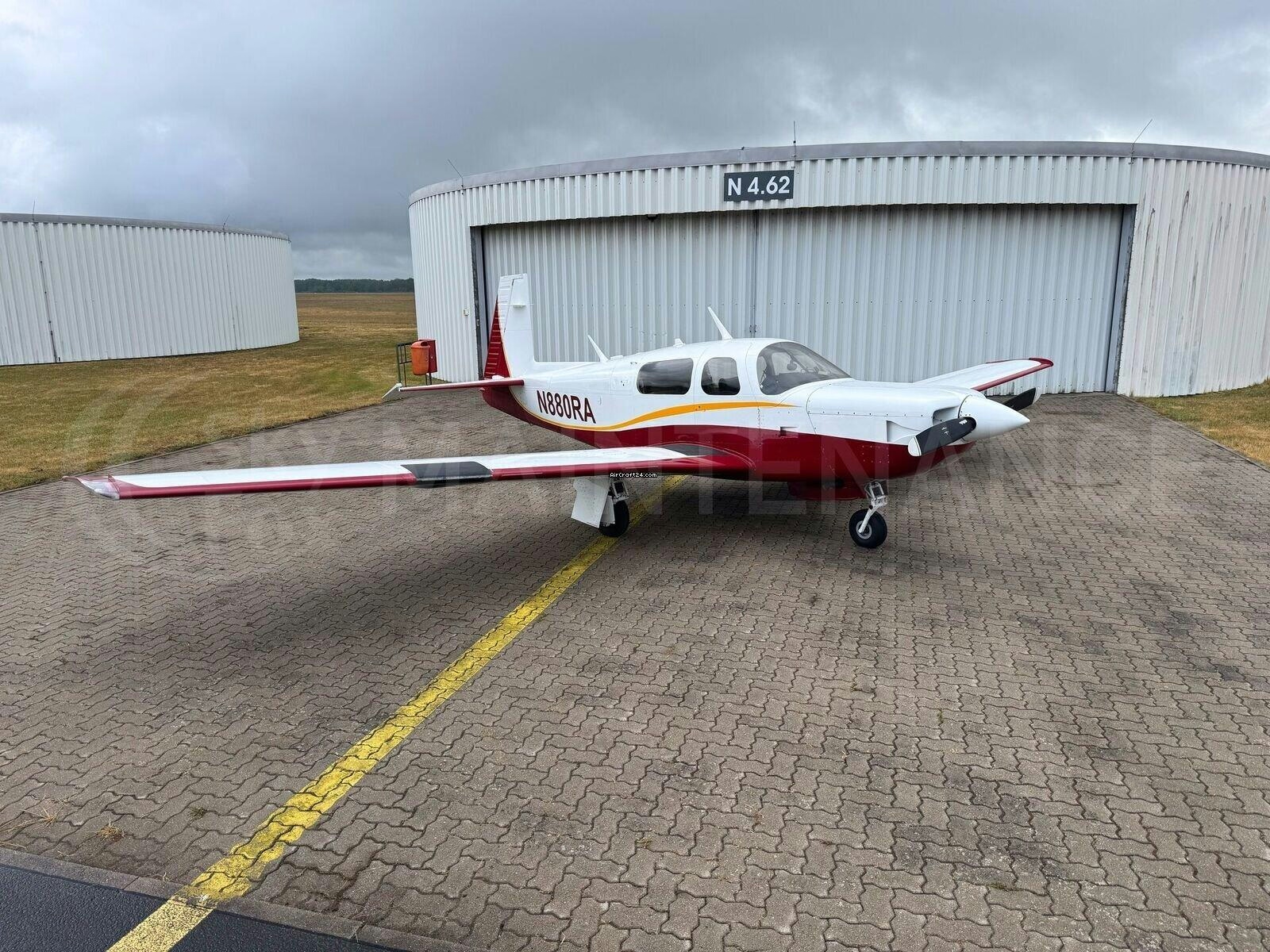
The Turbocharged Mooney M20K Remains a Reliable Choice for Efficient Travel
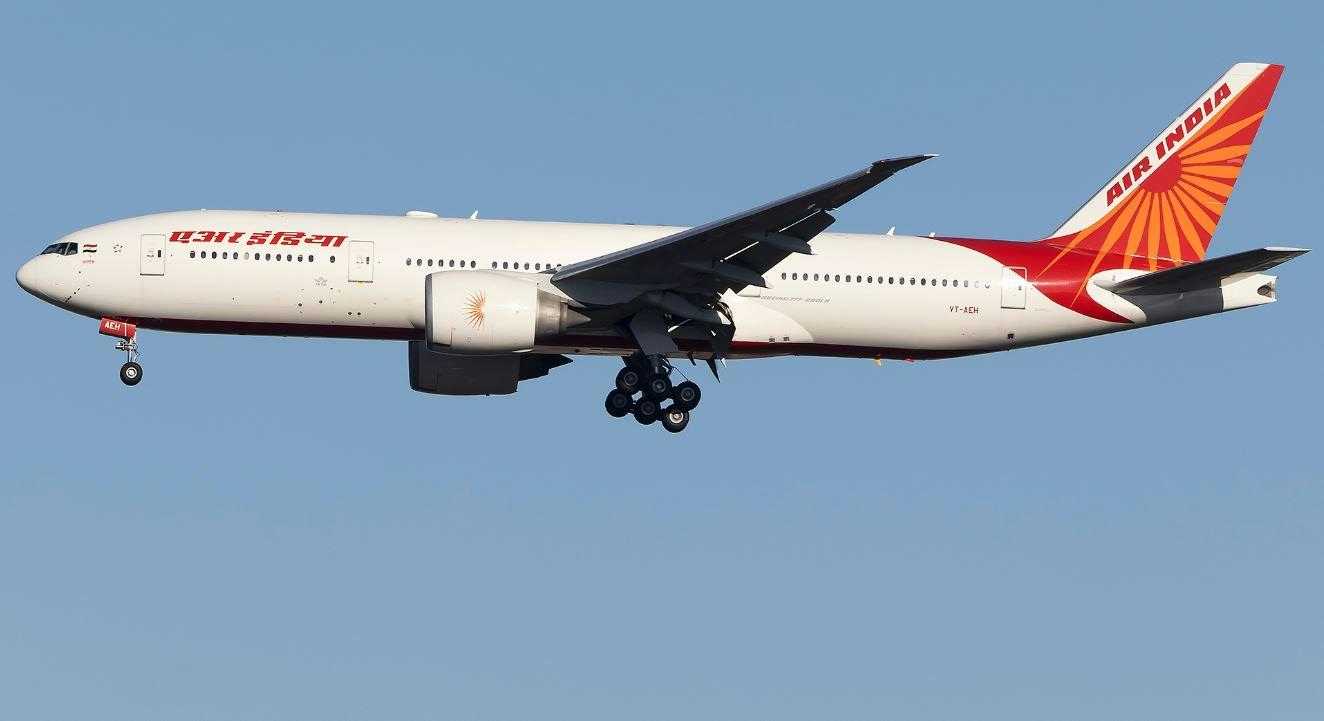
Air India Flight from San Francisco to Delhi Makes Precautionary Landing in Mongolia Over Engine Oil Concern

UAE Accelerates Certification Process for Several eVTOL Aircraft
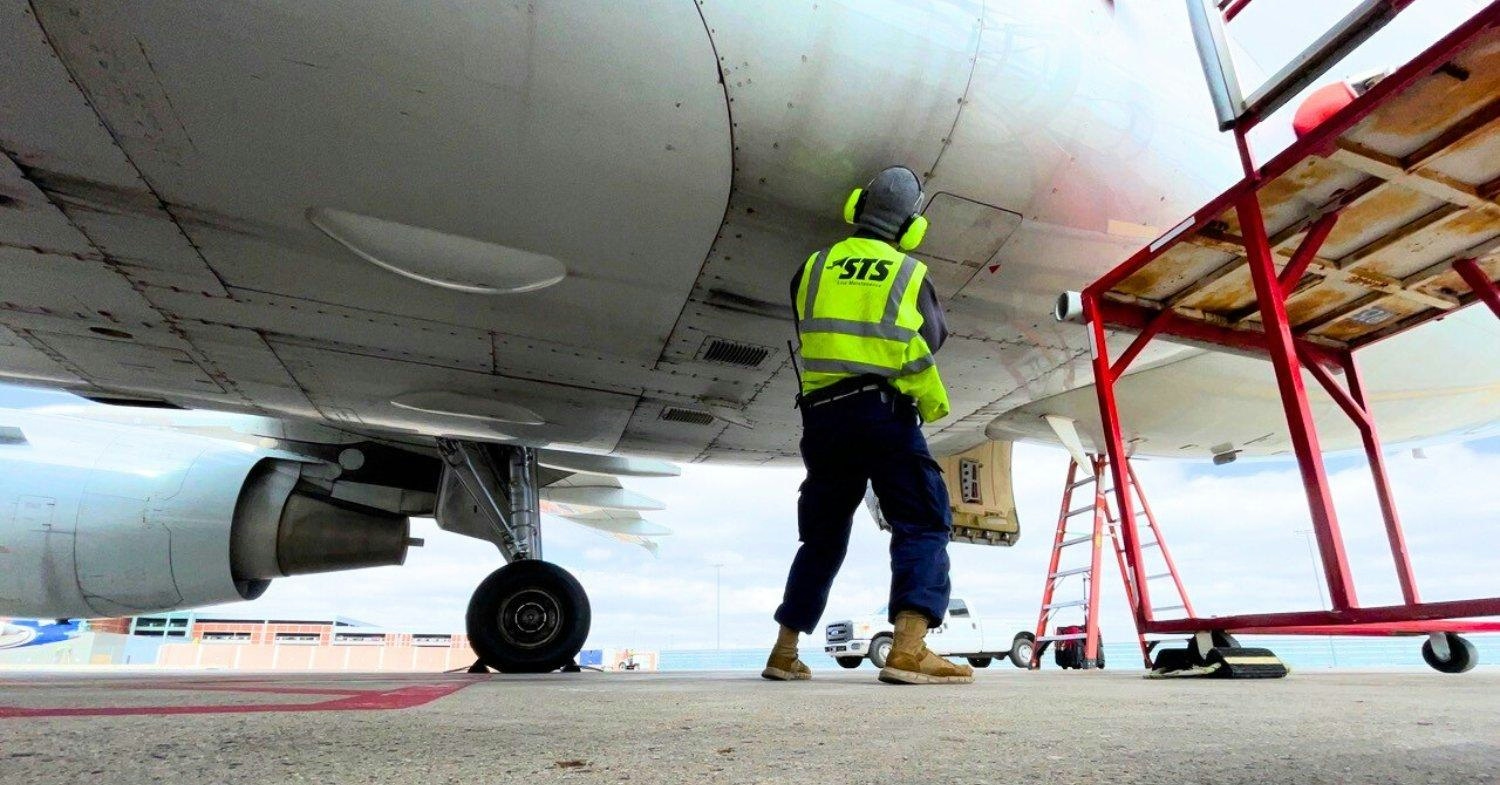
STS Line Maintenance Receives Colombian Aviation Certification

Saudia Airlines Introduces High-Speed In-Flight Internet with Free Access
